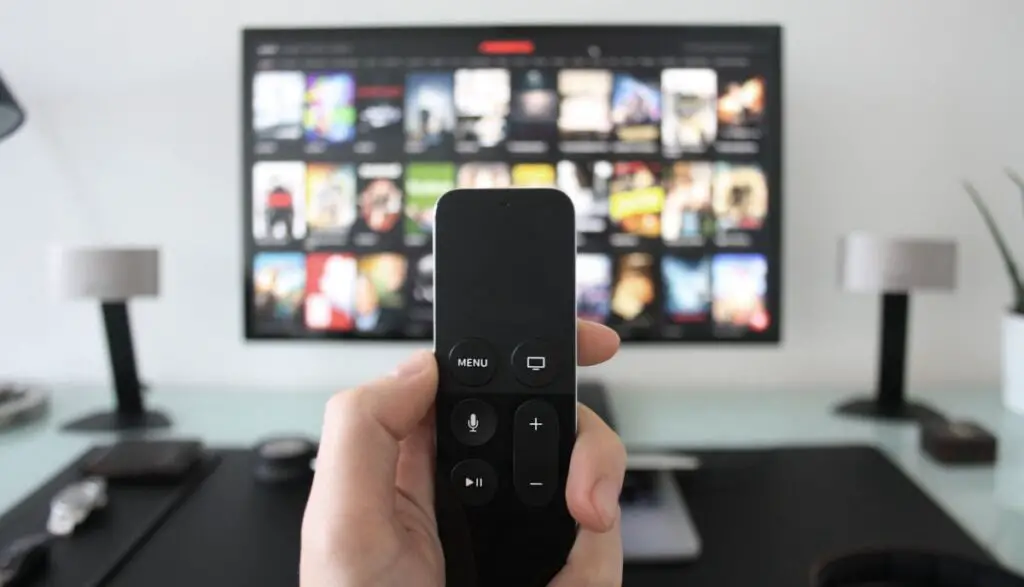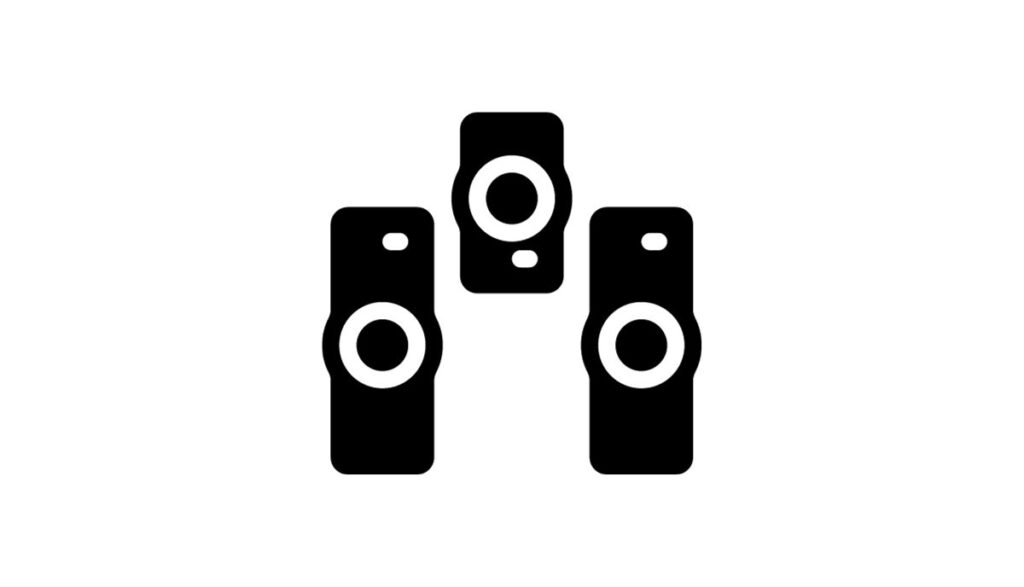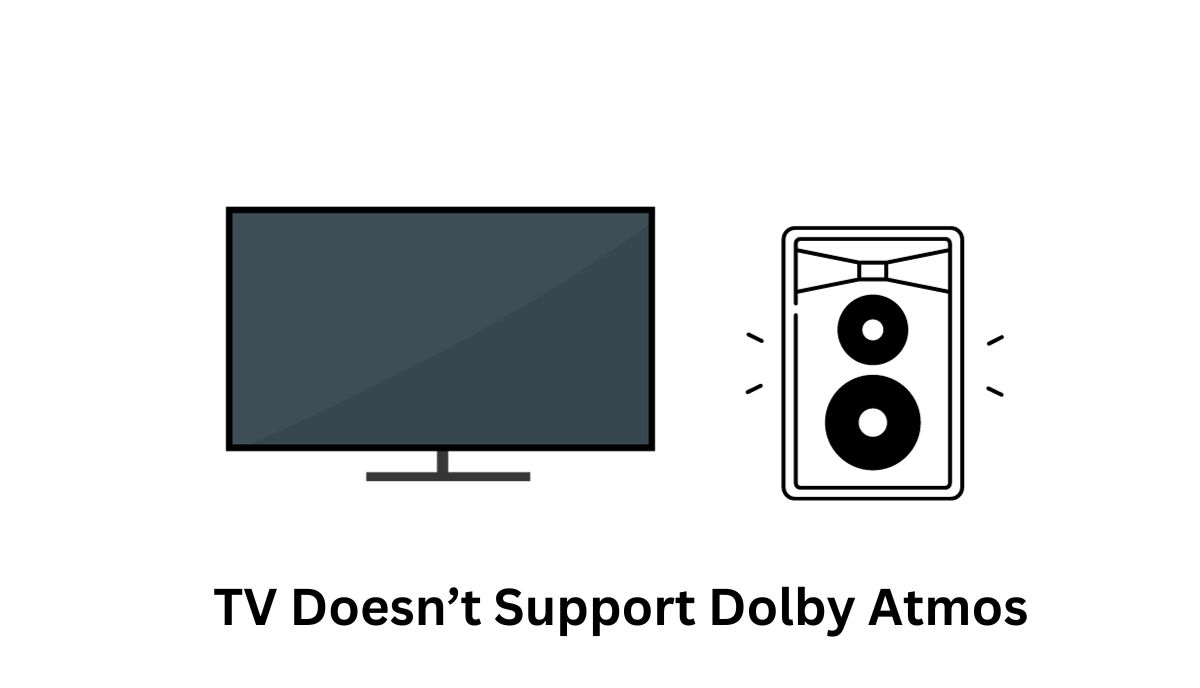Dolby Atmos adds a new dimension to 5.1 and 7.1 surround sound. The audio content from a song, movie, or TV show will blanket you, producing an effect similar to what you experience in real life with your ears.
Think about it. What happens when a helicopter flies through the sky in a movie scene? Do you hear the sound overhead? No, you don’t. The same applies to rain. You don’t hear it from above.
Dolby Atmos eliminates those limitations by treating sounds as floating orbs. Rather than operating within a restrictive space that only permits vertical and horizontal motions, those orbs zig and zag along a multitude of planes. With ten tracks dedicated to center dialog and 118 tracks for other audio objects, Dolby Atmos essentially cushions the consumer in an immersive soundscape.
You will hear the pitter-patter of raindrops from above. This already happens in cinemas. Box Office Pro reported in April 2023 that the film industry had released 500 titles under the Dolby Vision and Dolby Atmos formats. Wikipedia also notes that more than ten thousand Dolby Atmos cinema screens exist in the world.
But most people don’t have cinemas in their homes. How do they get the Dolby Atmos experience? The Sound Guys have published a picture of a home theater system with a Dolby Atmos setup. You can see from their images that a soundbar bounces the audio off the ceiling.
But this won’t help you if your Dolby Atmos setup refuses to work. The following may explain this occurrence:
1). The TV Doesn’t Support Dolby Atmos
This Samsung guide doesn’t expect a TV to output Dolby Atmos unless it is eARC-compatible or enabled. A digital optical cable won’t work. Check the settings to determine whether the TV is Dolby Atmos compatible. If it isn’t, you’re out of luck.
2). Your Equipment Requires A Firmware Update
Some people treat firmware updates as suggestions. But in truth, they are vital to your equipment’s well-being. Without regular updates, your devices will develop glitches. That includes the TV and soundbar.
3). The Content Doesn’t Support Dolby Atmos
To enjoy Dolby Atmos, you need content that supports the technology. This Dolby guide has published a list of streaming services and gaming consoles that support and provide Dolby Atmos content.
You can’t enjoy this technology if the streaming service doesn’t output Dolby Atmos. Look for the Dolby Atmos logo in the info section of whatever you want to watch.
4). You Configured Your Setup Poorly
This Sony guide shows consumers how to add Dolby Atmos to their configuration. It mentions the following steps:
- Run an HDMI cable between the soundbar and the TV. Connect the cable to the HDMI eARC or ARC port of each device.
- Run an HDMI cable between the TV and the playback device.
- Go to the soundbar’s settings to enable eARC.
- Go to the TV’s settings to enable eARC.
Some laypeople make mistakes. They connect the HMDI cable to the wrong ports. They will also select the wrong input source. A poorly configured system won’t work.
Troubleshooting Tips For TV Doesn’t Support Dolby Atmos
- Get a TV that supports Dolby Atmos.
- Enable Dolby Atmos in your TV by turning the HDMI eARC setting to ‘Auto’ in the menu and switching the Digital Output Audio Format to ‘Dolby Atmos.’
- Get a Dolby Atmos-compatible sound system.
- Check the soundbar settings for firmware updates. If you don’t have the latest version of the firmware, perform an update.
- Check the TV for firmware updates. Perform an update where necessary.
- Find applications and streaming services that output Dolby Atmos. You can contact the customer support personnel to determine whether an app’s content supports Dolby Atmos
If everything fails, hire an expert. They may find something you missed. If your equipment is the problem, use your warranty.
How Can I Check If My TV Supports Dolby Atmos?

- Many brands will proudly advertise a TV’s compatibility with Dolby Atmos.
- They will also include the Dolby Atmos logo on the packaging and the TV itself.
- Check the manual for clarification.
- Check the audio settings. Do they mention Dolby Atmos?
- Dolby Atmos-compatible TVs have an HDMI ARC port. You can’t use a conventional optical cable to extract Dolby Atmos surround sound from your TV. You need HDMI ARC. eARC offers more bandwidth.
As always, contacting the brand’s customer support personnel is the best way to get concrete answers. Dolby has published a list of Dolby Atmos-enabled TVs. You can also ask them for clarification regarding your TV’s support for their technology.
What if you think your TV supports Dolby Atmos, and you’ve connected the device to the appropriate soundbar, but you still have doubts? How can you determine whether or not your system is generating Dolby Atmos sound? You have two options:
- First of all, the experts at Digital Trends expect the sound to move all over the place. You can hear bullets whizzing by and cars screeching around you. Dolby Atmos stands out because it adds a unique dimension to the sound.
- But if you can’t detect these distinct aspects of Dolby Atmos, look at the AV receiver’s information panel. It should say ‘Dolby Atmos.’ If you can’t see this label on the display, consider the possibility that your system is not producing Dolby Atmos. This doesn’t mean your system is incompatible with Dolby Atmos. Rather, there’s every chance that you configured the system poorly.
Do I Need A Dolby Atmos TV To Get Dolby Atmos?

You can get Dolby Atmos from a compatible TV. However, a Dolby Atmos-enabled TV is not necessary. The TVs you find in most households don’t support Dolby Atmos. And yet, some of those households benefit from Dolby Atmos.
If you’re building a home theater system, you can add receivers, soundbars, and speakers that provide Dolby Atmos. If you talk to an audio engineer, they can install and configure a surround sound system that delivers Dolby Atmos without exceeding your budgetary limitations.
Your experience will depend on the amount of money you’re willing to invest. For instance, Home Theater Academy believes that a home requires 34 speakers to take full advantage of Dolby Atmos. Twenty-four of them will sit on the floor, while ten more will slot into the spaces above.
Dolby agrees with this assessment. This Dolby guide includes a diagram showing the placement of these 34 speakers. However, they also believe their technology can adapt to seven-speaker systems (five on the floor and two overhead). The more speakers you have, the more immersive the experience becomes.
Is It Possible To Upgrade My TV To Support Dolby Atmos?
Dolby Atmos requires HDMI ARC or eARC. eARC is better because it delivers superior audio quality. You also get more audio formats. However, ARC will work. You can’t add the ARC or eARC feature to a TV without performing heavy modifications that involve installing an ARC port and a suitable main board. Therefore, upgrading a TV to support Dolby Atmos is out of the question. You’re better off buying a new TV or Dolby Atmos-compatible sound system.
What Are Some Alternative Audio Solutions For A TV That Doesn’t Support Dolby Atmos?

You need a Dolby Atmos-compatible sound system and TV to get Dolby Atmos. However, you don’t need both. Either option will do. If the TV is incompatible with Dolby Atmos, you can still get Dolby Atmos sound if you connect a compatible receiver and speakers. Some of the best Dolby Atmos soundbars include:
- Sony STR AN1000
- Vizio Elevate
- Sonos Beam
- Vizio M Series
- Sonos ARC SL
- Sony HT A9
You can also experiment with Dolby Atmos-compatible receivers like the Denon AVR S940H and the Yamaha RX V685. Upgrading to Dolby Atmos isn’t as expensive as many laypeople think. If you’re willing to splurge on new speakers, possibly even a home theater system, you can invest in Dolby Atmos equipment without exceeding your budget.
As was noted earlier, you don’t need the 24 speakers below and ten speakers above to enjoy Dolby Atmos.

